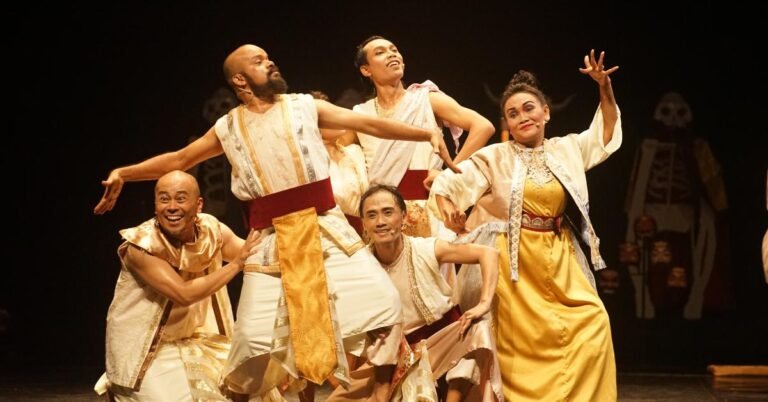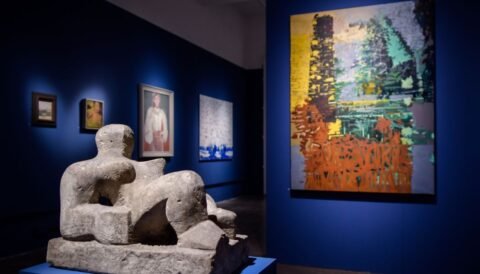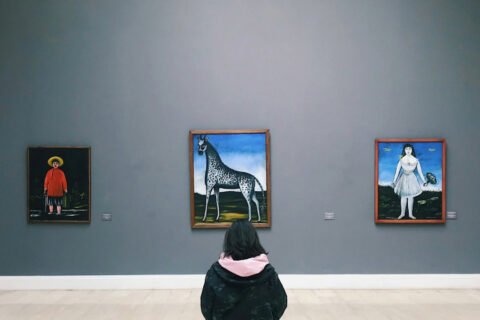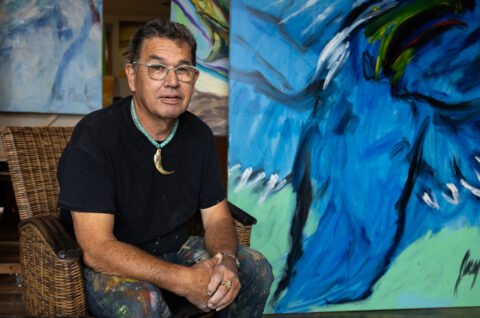Traditional performing arts and their associated crafts are deeply rooted in the cultural fabric of Southeast Asia. Rich in shared heritage and closely linked to national identities, these art forms are a vital part of the region’s creative industries. Beyond their cultural value, they hold the potential to foster intercultural dialogue and mutual understanding.
However, traditional artists in Southeast Asia often encounter significant challenges when it comes to mobility and cross-border collaboration. Limited opportunities for peer exchange and professional growth hinder their ability to thrive in today’s interconnected world. Addressing these barriers is essential for supporting their development and ensuring the continued relevance of traditional arts in modern society. Through the 2003 Convention for the Safeguarding of Intangible Cultural Heritage and the 2005 Convention for the Protection and Promotion of the Diversity of Cultural Expressions, UNESCO serves as a global knowledge hub in shaping policies and strategies to protect traditional art forms and integrate them into the evolving creative sector.
The project intends to nurture the intercultural skills and collaborative capacities of performing artists and associated artisans from Indonesia, Malaysia and Singapore. Building on the successful Creative Youth at Indonesian Heritage Sites (Kita Muda Kreatif) program, which has supported over 1000 young cultural entrepreneurs across Indonesia, the initiative will draw on UNESCO expertise in community development including training on social media marketing, business planning, and product development.
By connecting artists and artisans across borders, the project seeks to empower a new generation of cultural practitioners to sustain and innovate within their traditions while engaging meaningfully with contemporary audiences.




